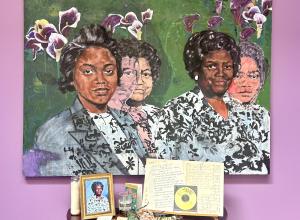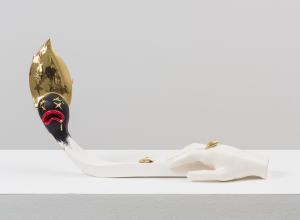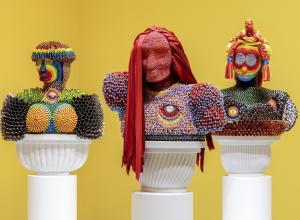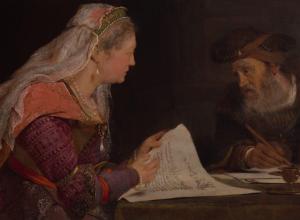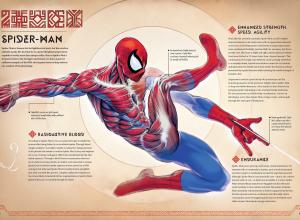A respected figure in his field, Lobe has presided over international workshops on art and creativity, spoken at game conferences and podcasts, and served as Creative and Artistic Director on multiple projects. His massive illustrated book, Marvel Anatomy: A Scientific Study of the Superhuman, was released in 2022, and his first graphic novel, Quiet: Level One, is set to publish in 2026. Art & Object got to talk with Lobe about his evolving craft and latest projects.
Megan D Robinson: How did you get into character design?
Jonah Lobe: I always liked to draw characters– human or otherwise… I think really good characters stick in the mind, they stay with you. Every face tells a story. When we're talking about monsters, every monster's body and face tells a story: where it's from, what it does, what its personality is like…I like creating creatures that leave an emotional impact.


![DEl Kathryn Barton [Australian b. 1972] the more than human love , 2025 Acrylic on French linen 78 3/4 x 137 3/4 inches 200 x 350 cm Framed dimensions: 79 7/8 x 139 inches 203 x 353 cm](/sites/default/files/styles/category_card_187x139/public/ab15211bartonthe-more-human-lovelg.jpg?itok=LJbNuU6F)

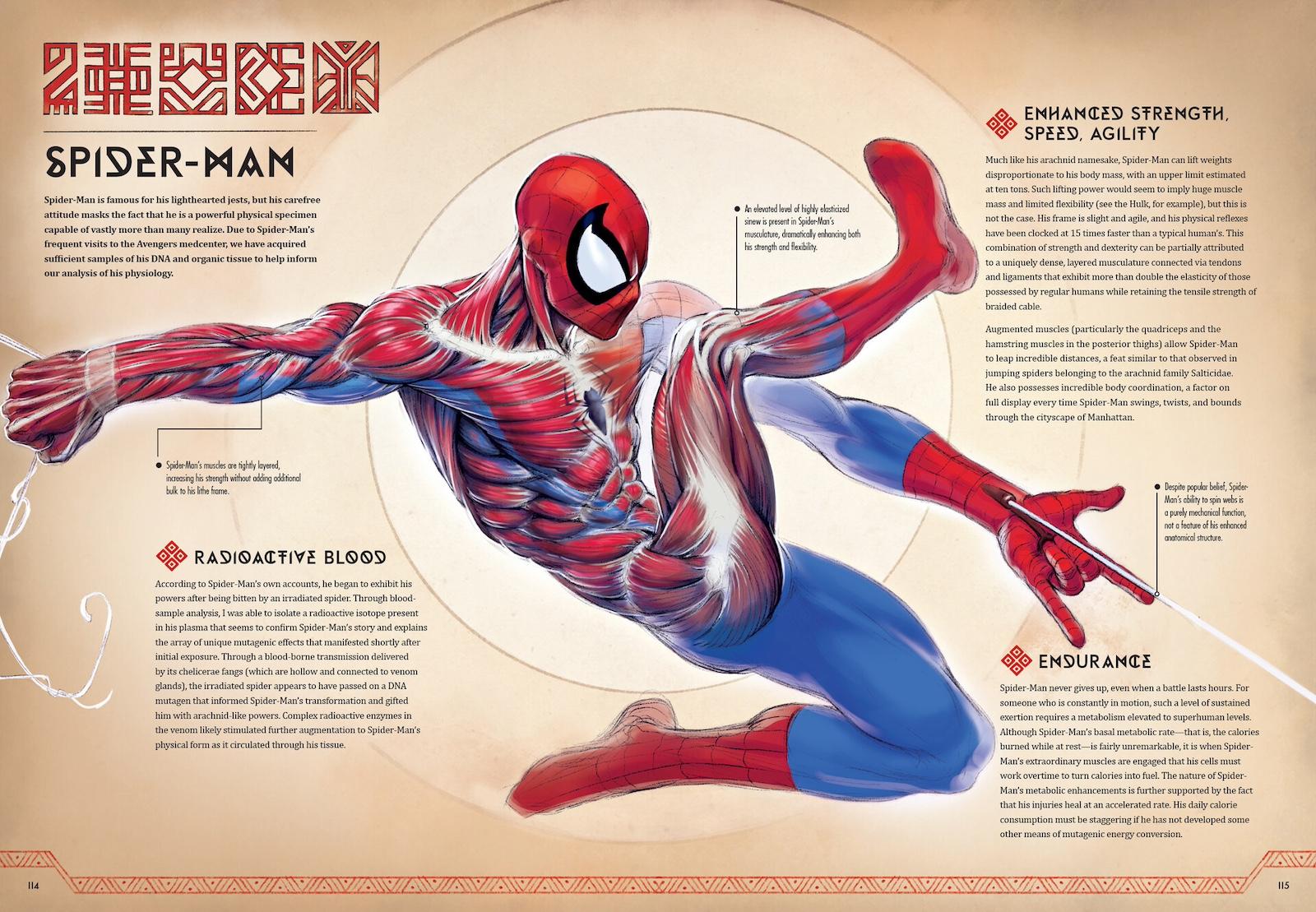
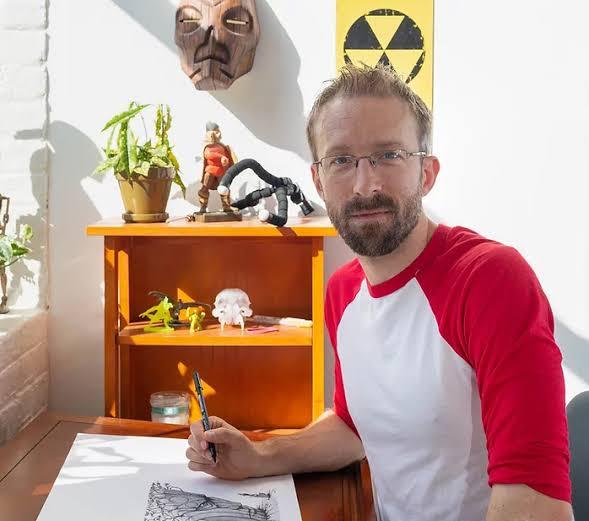
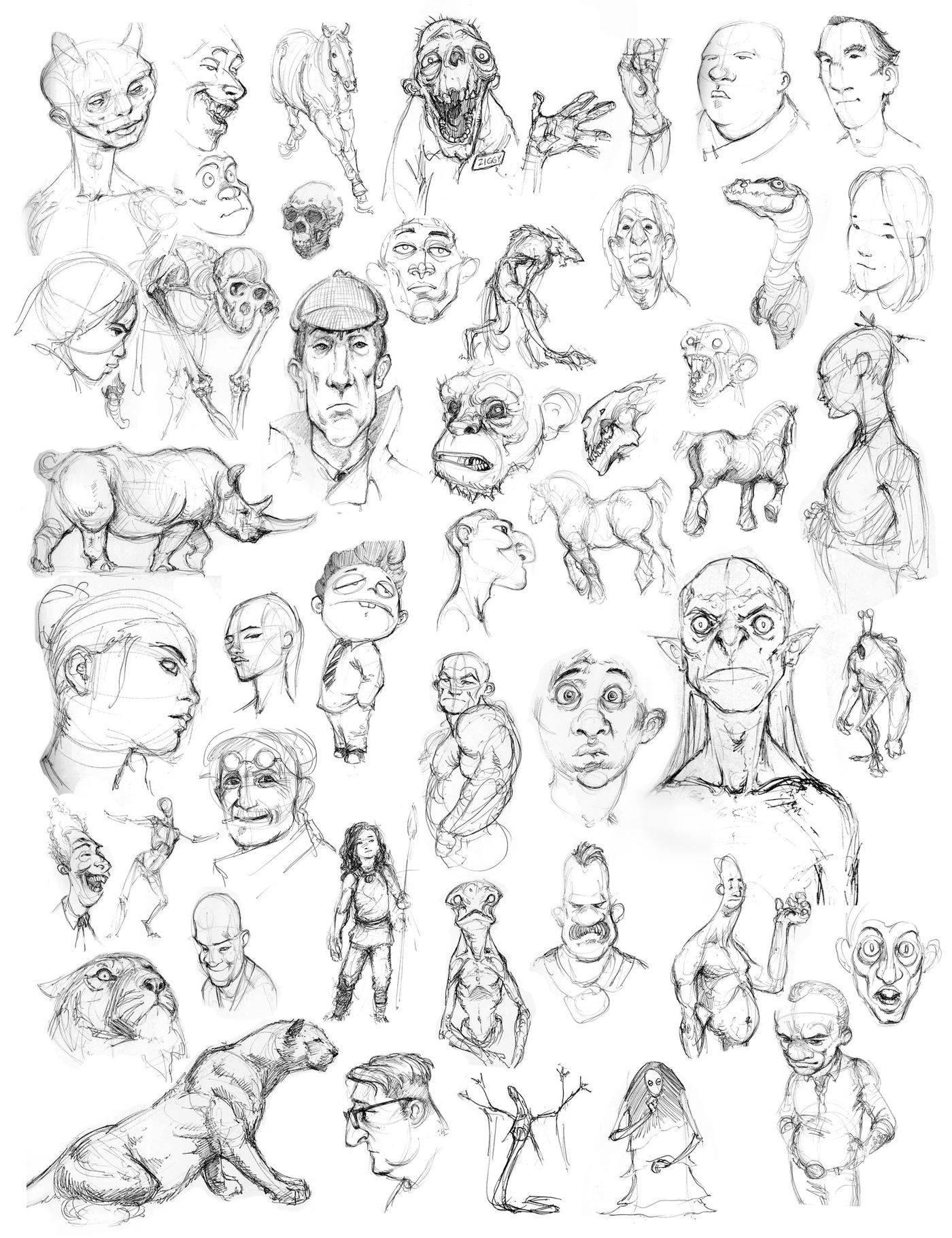
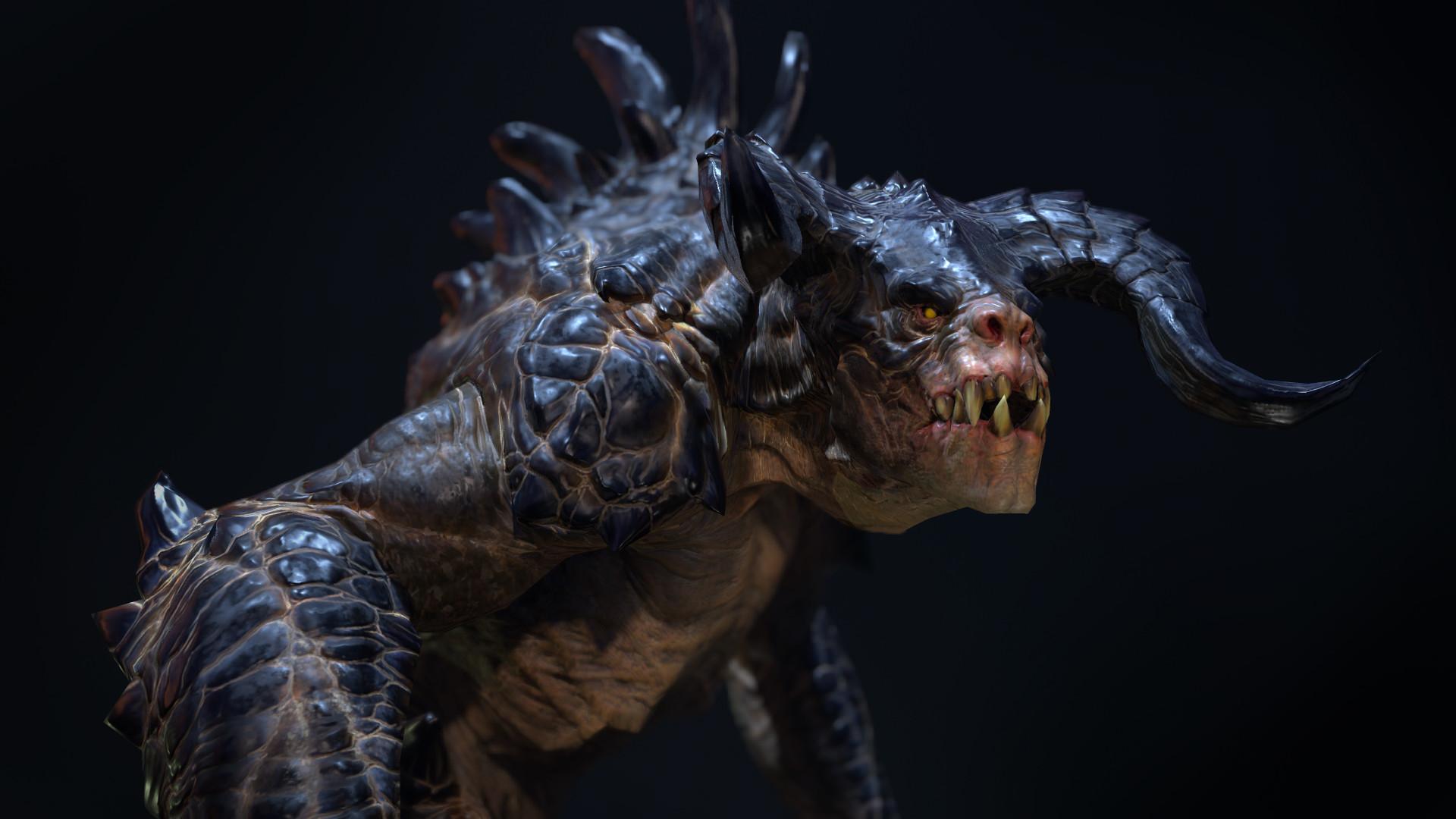
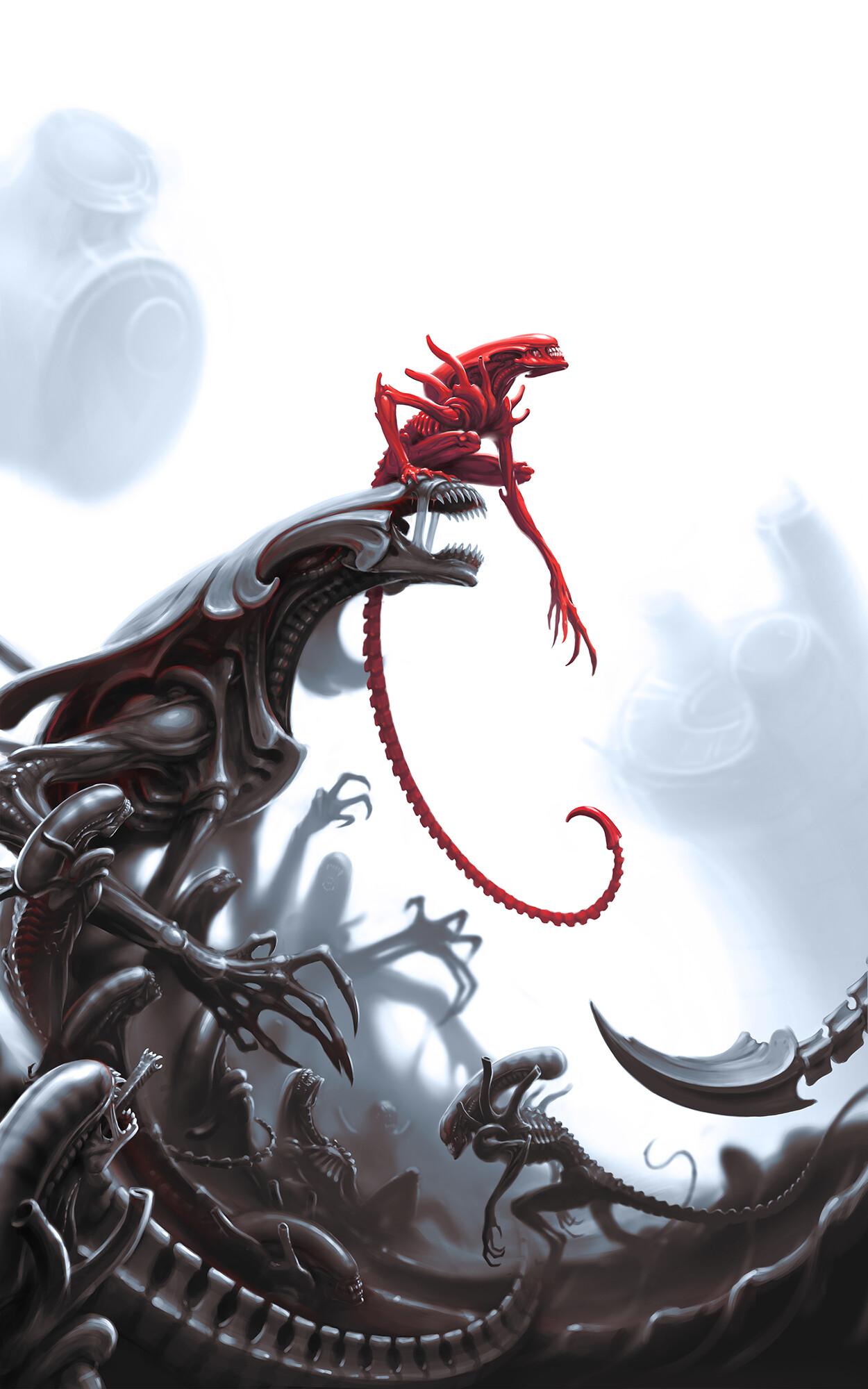
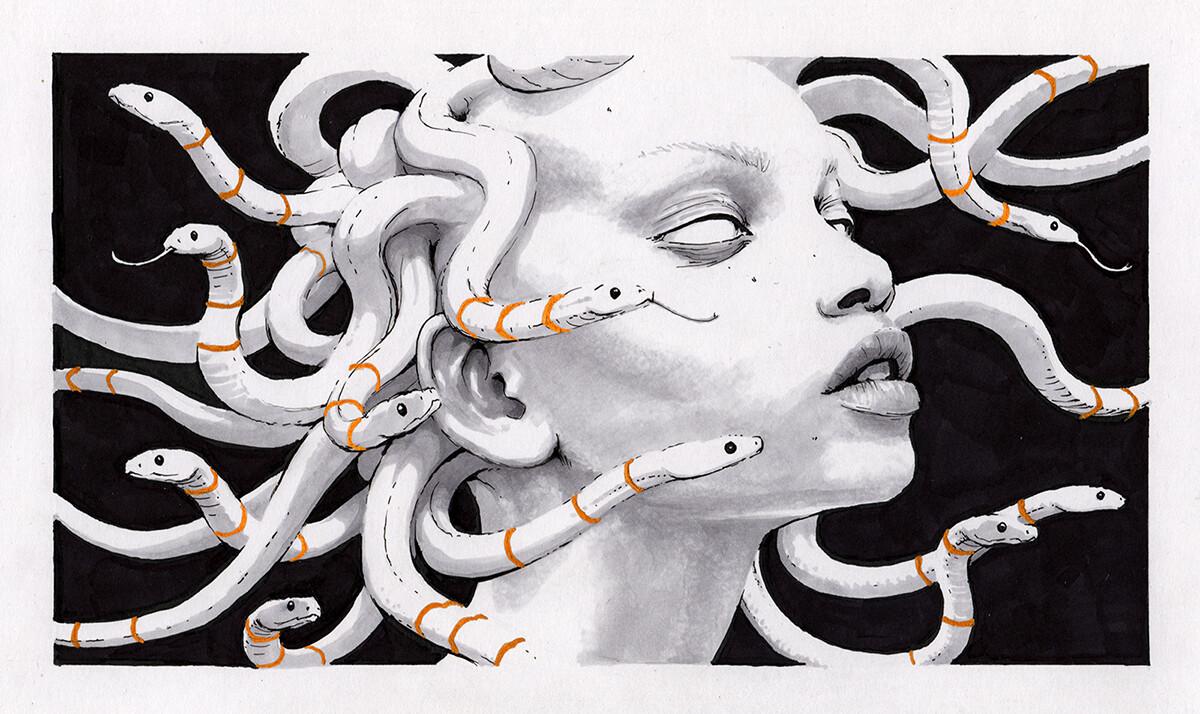
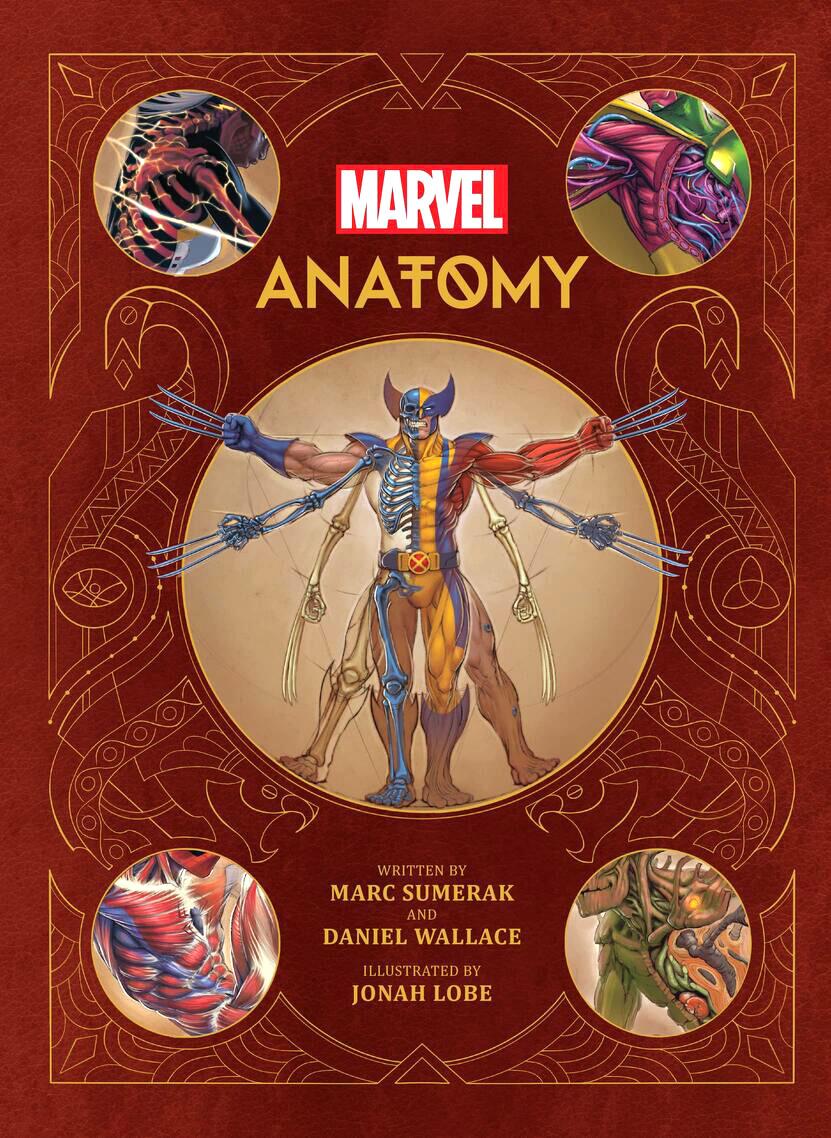

![DEl Kathryn Barton [Australian b. 1972] the more than human love , 2025 Acrylic on French linen 78 3/4 x 137 3/4 inches 200 x 350 cm Framed dimensions: 79 7/8 x 139 inches 203 x 353 cm](/sites/default/files/styles/image_5_column/public/ab15211bartonthe-more-human-lovelg.jpg?itok=wW_Qrve3)

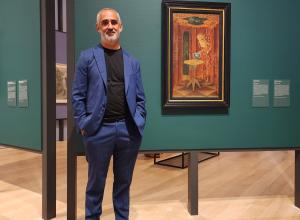


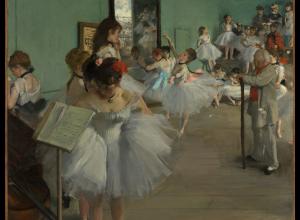
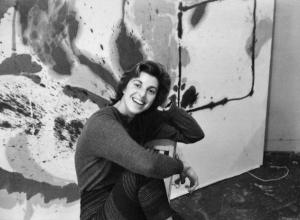

![DEl Kathryn Barton [Australian b. 1972] the more than human love , 2025 Acrylic on French linen 78 3/4 x 137 3/4 inches 200 x 350 cm Framed dimensions: 79 7/8 x 139 inches 203 x 353 cm](https://www.artandobject.com/sites/default/files/styles/image_5_column/public/ab15211bartonthe-more-human-lovelg.jpg?itok=wW_Qrve3)

